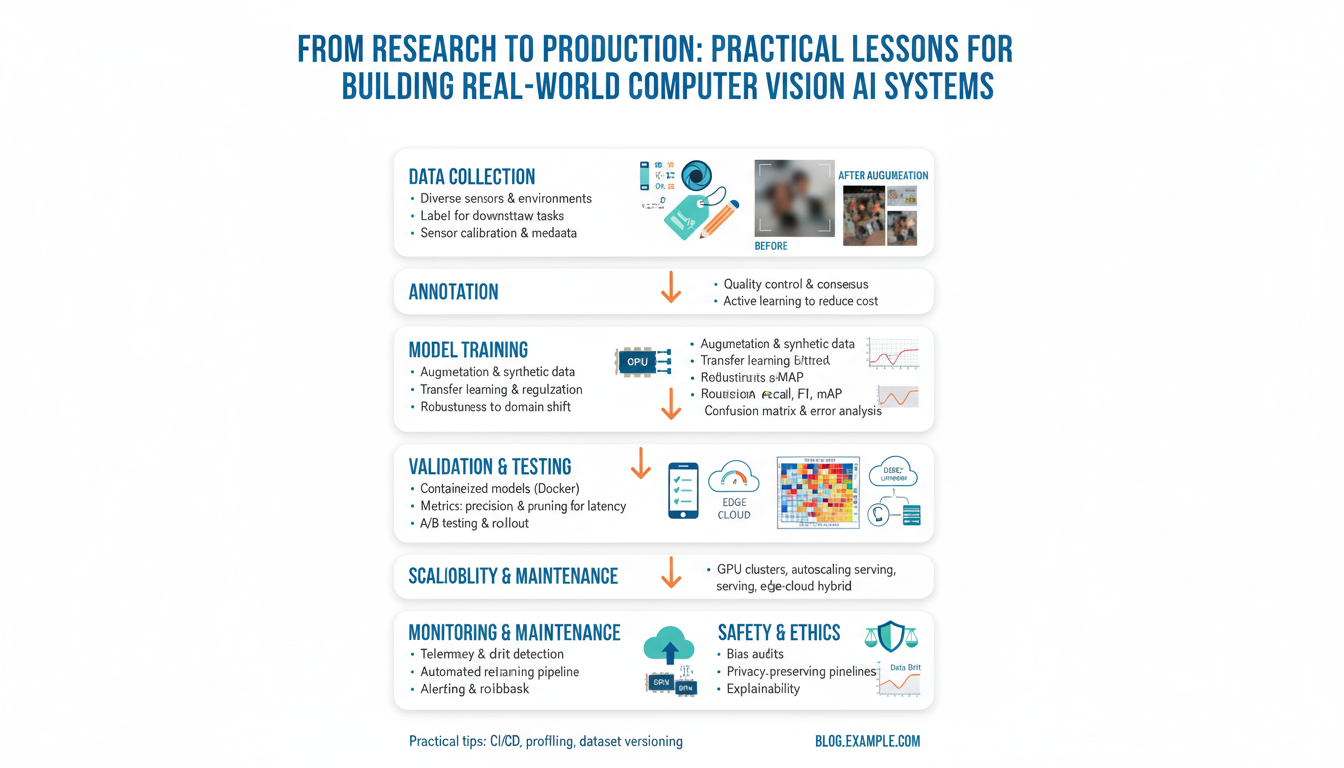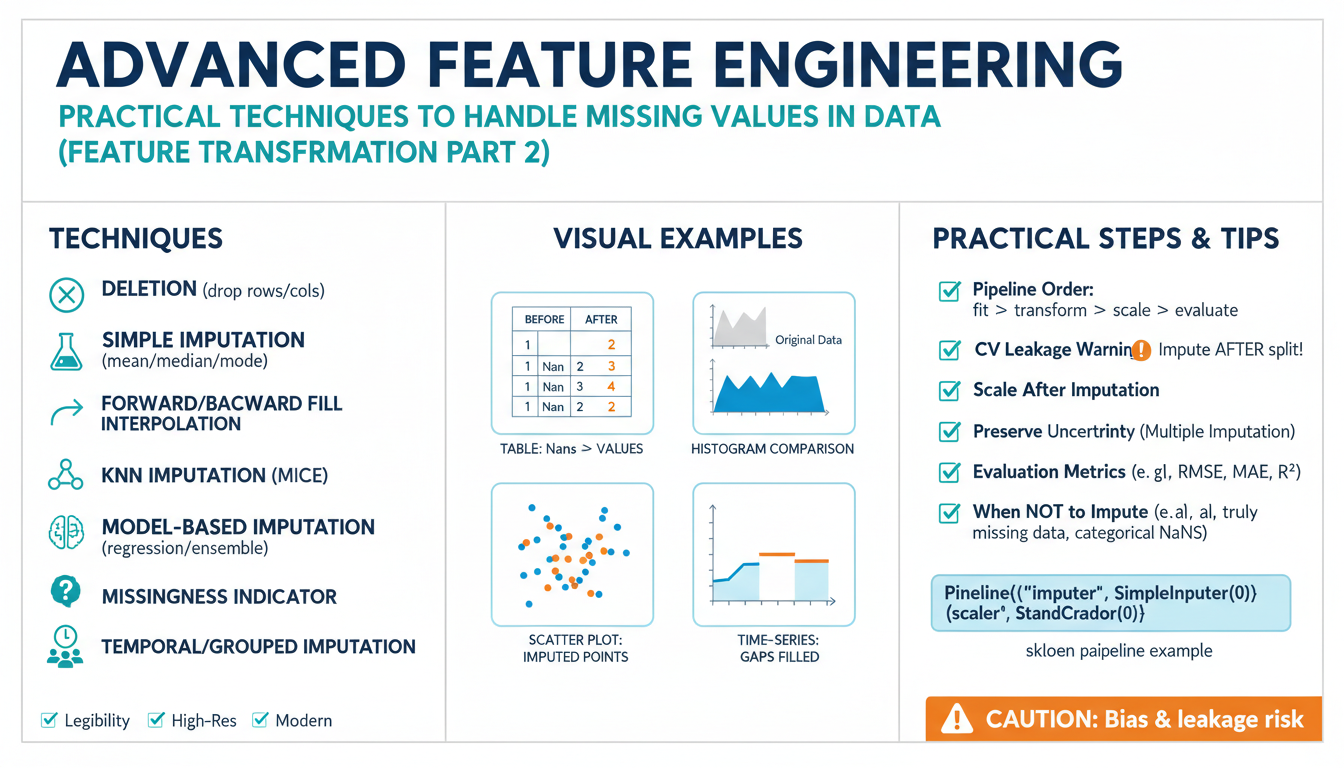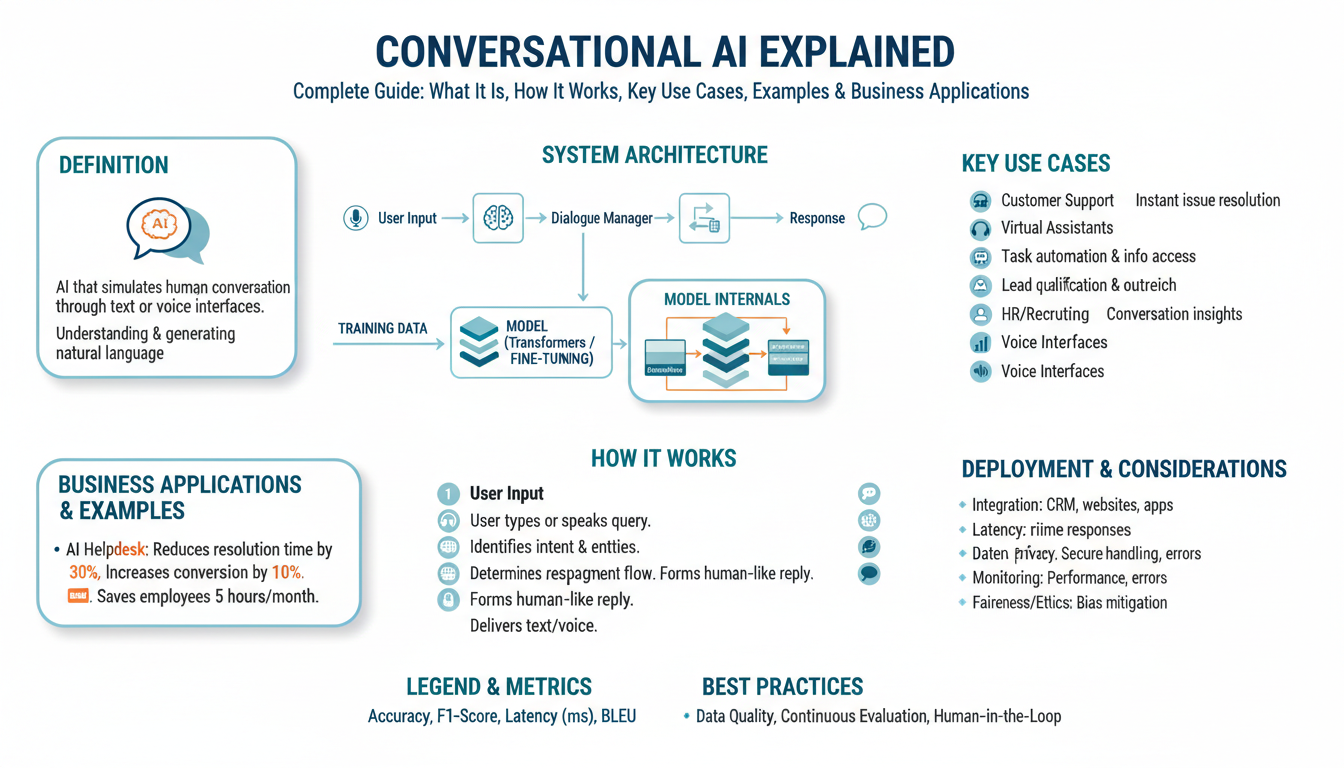What Are ChatGPT Secret Codes?
“ChatGPT secret codes” refer to specific prompts, formulas, or commands that can unlock deeper or more specialized functionalities within ChatGPT, allowing users to get more tailored, accurate, or efficient results than with regular queries. Unlike basic questions or open-ended instructions, these codes harness hidden potentials within the AI—potentials that were designed for advanced interactions, but are rarely documented or widely understood by general users.
For example, instead of just asking, “Explain quantum physics in simple terms,” you might use a structured prompt such as: “Summarize quantum physics in three bullet points for an audience with no scientific background, then suggest three reputable online courses for beginners.” This prompt is coded with intent, specificity, and structure, guiding ChatGPT to give a focused, multi-part response. Such secret codes can harness ChatGPT for advanced tasks like data analysis, generating learning plans, crafting Excel formulas, or even simulating real-life professionals like career coaches or marketing advisors.
Understanding these codes involves a mix of strategic phrasing, command chaining, and role-assignment. Strategic phrasing means stating your request with precise needs, constraints, and expected output type (e.g., bulleted lists, tables, step-by-step guides). Command chaining involves linking multiple tasks or queries in a single prompt (“First, analyze this text for tone. Next, rewrite it with a positive spin.”). Role-assignment invites ChatGPT to take on an expert persona—e.g., prefacing a query with “Act as a financial advisor and explain…” to receive more domain-specific advice (Harvard Business Review).
If you want to start using these secret codes, begin by thinking about:
- Your Desired Output: Do you need a summary, detailed plan, list, or comparison?
- Your Target Audience: What’s their knowledge level? Should the response be simplified or technical?
- Intent or Goal: What action do you want the AI to help accomplish—entertain, educate, solve a problem, brainstorm?
- Additional Context: Are there special requirements, sources to cite, or examples to use?
To experiment further, check out the guides on prompt engineering from reputable sources such as DataCamp or best practices from IBM. These can give you a deeper understanding of how to craft highly effective prompts that act like “codes” to unlock ChatGPT’s full capabilities.
Why Most Users Overlook These Features
Most people tend to overlook powerful features not because they aren’t useful but because they’re hidden in plain sight or assumed to be too complex to use. This phenomenon isn’t unique to ChatGPT; it’s a common pattern in technology adoption called “feature blindness.” When users become accustomed to a tool’s basic functions, their attention narrows to the essentials, while advanced capabilities fade into the background.
The fast-evolving nature of artificial intelligence platforms compounds this issue. OpenAI frequently updates ChatGPT, introducing new features, integrations, and interaction codes—many of which aren’t widely broadcast to the general public. Everyday users stick to common prompts, missing out on enhancements that can dramatically boost productivity, creativity, and problem-solving.
- Lack of Documentation and In-Product Guidance: Though OpenAI maintains detailed API documentation, feature announcements and usage guides are usually geared toward advanced users or developers, leaving casual users unaware of what’s possible.
- Cognitive Overload: The sheer range of options can trigger analysis paralysis, as described by research in decision-making psychology. Users stick with familiar workflows rather than exploring new ones.
- Platform Evolution: Because ChatGPT features can change overnight—as explored by TechCrunch’s coverage of product updates—even recent tutorials may quickly become outdated, making it harder to keep up.
As a result, novel interaction codes—such as custom prompt templates, advanced persona switching, or automation triggers—are underutilized. Think of this like owning a feature-rich smartphone but only using it for calls and texts, ignoring powerful functionalities like automation shortcuts or developer tools.
For the curious user looking to unlock the full power of ChatGPT, it pays to develop a habit of exploring the latest official help resources and engaging with expert communities on platforms like Reddit. These active forums often uncover “hidden” capabilities long before they’re widely publicized.
The bottom line is that most users miss secret ChatGPT codes not because they’re hard to master—but because they never know they exist. By seeking out guides, keeping up with changelogs, and experimenting regularly, you can stay far ahead of the average user, unlocking richer and more efficient interactions with AI.
Top 10 Hidden Prompts to Supercharge Your Experience
1. The “Expert Interviewer” Prompt
Unlock ChatGPT’s ability to simulate world-class specialists by prompting it to act as an interviewer with a chosen expert persona. For example, use: “You are a medical researcher specializing in virology. I will ask you interview questions about the latest virus variants. Respond in-depth, citing scientific principles.” This prompt helps extract layered, expert-level insights. Adjust the domain for fields like medicine, technology, or finance for tailored expertise.
2. The “Step-by-Step Explainer” Prompt
If you’ve ever found a concept too complex, instruct ChatGPT: “Break down quantum computing for an absolute beginner in five clear steps, using real-world analogies.” This approach takes advantage of ChatGPT’s ability to explain even the most technical subjects in manageable increments—making it easier for anyone to grasp tough topics, akin to the teaching strategies found at Khan Academy.
3. The “Context Preservation” Prompt
Maintain continuity in long conversations by prompting: “Remember our goals regarding website redesign for the next 10 messages. Summarize our progress after each reply.” This instructs ChatGPT to keep track of a running context, something that’s essential for complex projects or collaborative brainstorming. For best practices, refer to guides on effective communication from sites like MindTools.
4. The “Persona Creator” Prompt
Enhance your business or creative projects by generating user personas: “Act as a millennial freelance web designer from New York. Describe your pain points when using time-tracking tools.” This prompt enables targeted market research, helping you understand your audience better. Learn more about persona creation from Nielsen Norman Group.
5. The “Advanced Summarizer” Prompt
Extract concise and actionable summaries from any document: “Summarize the following scientific paper’s findings for a policy maker who has no technical background.” This works particularly well for synthesizing reports or articles. For further reading, visit Science Daily for high-quality research summaries.
6. The “Idea Generator” Prompt
Supercharge your brainstorming sessions: “List ten innovative marketing ideas for an eco-friendly startup. Each idea should be original and feasible, with a two-line explanation.” You can tweak the industry, product, or service to fit your needs. For examples of creativity in business, refer to case studies at Harvard Business Review.
7. The “Coding Assistant” Prompt
Coding help goes far beyond debugging: “Provide optimized Python code for scraping stock prices from Yahoo Finance, with inline comments.” ChatGPT can write snippets, explain algorithms, or help you troubleshoot. For authoritative coding resources, visit Real Python.
8. The “Role-Swap Debate” Prompt
Develop critical thinking by challenging ChatGPT: “Debate both sides of the argument: Should remote work be a permanent standard? Present strong arguments for and against, then provide a balanced conclusion.” This enables you to explore multiple perspectives like an academic debate. Learn argument-building techniques at Harvard Writing Center.
9. The “Learning Path Designer” Prompt
Create stepwise learning journeys: “Outline a three-month learning plan for a beginner to master digital marketing, including weekly milestones and key resources.” These personalized curricula are tailored for rapid skill acquisition. Explore structured learning path models at Coursera.
10. The “Tone & Voice Switcher” Prompt
Train ChatGPT to adapt its responses to your preferred style: “Rewrite the following blog post in a witty and humorous tone suitable for LinkedIn audience.” This trick is perfect for content creators and marketers who need to match various brand voices. For brand voice guidelines, see Content Marketing Institute.
How to Unlock Advanced ChatGPT Responses
If you’re eager to boost the depth, nuance, and creativity of ChatGPT’s replies, learning how to unlock its advanced responses is essential. Most users interact with ChatGPT in a basic conversational mode—yet beneath the surface lies the ability to tap into far greater sophistication. Here’s how you can access these advanced capabilities, transforming your experience from standard to spectacular.
Master Prompt Engineering
The craft of prompt engineering lies at the heart of advanced ChatGPT usage. At its core, prompt engineering is about shaping your requests in sophisticated ways to get nuanced responses. Rather than just posing a simple question, try setting the scene, specifying the output format, or even assigning ChatGPT a role or perspective.
- Be Specific: Instead of asking, “Explain quantum physics,” try, “Explain quantum physics to a 10-year-old using a real-world analogy.”
- Experiment with Formats: Request that information be presented as a bullet list, a table, or pros and cons.
- Give Context: Tell ChatGPT the audience, industry, or viewpoint you want it to adopt.
To deepen your understanding, check out MIT’s research on prompt engineering which explores how your phrasing directly impacts AI outputs.
Fine-Tune for Personalized Replies
You can unlock more relevant and tailored responses by feeding ChatGPT with detailed background information and explicit instructions. For example:
- Start with context: “You are a legal expert specializing in patent law.”
- Define your objective: “Help me draft a provisional patent application.”
- Specify constraints: “Limit the response to under 300 words and highlight the top three risks.”
This layered approach encourages ChatGPT to adopt the correct tone, structure, and focus. For deeper dives into AI customization, Harvard’s creative AI research offers fascinating insights.
Use System and Instructional Prompts
For users tapping into ChatGPT via the API or with custom GPTs, system prompts allow you to set fundamental behavioral rules. Even in standard chat, starting your conversation with detailed instructions can bend the model to your purpose.
- System Instruction Example: “Act as a professional resume writer. Critique my CV and suggest improvements in a formal business tone.”
- Instructional Prompt Example: “For every suggestion, provide justification, and cite real-world corporate examples.”
Such techniques mirror methods recommended in expert guides from OpenAI’s research publications for more advanced user control.
Stack and Iterate Your Queries
The process of iterative prompting can unlock responses that grow increasingly advanced with each exchange. Begin with a broad or simple request. As ChatGPT responds, clarify, refine, or drill down with each new prompt:
- Ask a general question first.
- Request more detail or a specific perspective in a follow-up.
- Ask for actionable steps, further examples, or citations.
This back-and-forth method allows you to build up rich, well-rounded answers. For more on this technique, the Fast Company expert guide offers strategies that even seasoned users find valuable.
Leverage External Data and Content
Advanced users often extend ChatGPT’s capabilities by integrating snippets of relevant external data. Paste in excerpts you want analyzed, reference public datasets, or link to news stories:
- Paste a research summary and ask for implications for your business.
- Provide a link to a government report and request a detailed analysis.
- Share excerpts from industry whitepapers for summarization or comparison.
This kind of prompt often produces insights comparable to those from expert analysts, especially when using the strategies described by Stanford University’s AI collaboration research.
With these advanced tactics, you can unlock a much broader, richer, and more useful array of responses from ChatGPT, making it a customized tool for research, creativity, analysis, and beyond.
Boost Productivity with ChatGPT’s Under-the-Radar Commands
If you’re looking to supercharge your efficiency and streamline your daily tasks, leveraging ChatGPT’s lesser-known commands can be a true game changer. These covert tricks aren’t just parlor tricks—they’re practical tools that can help you save hours, stay organized, and even solve complex problems on the fly. Below, we break down the best-kept secrets and show you how to wield them like a productivity pro.
1. Generate Structured To-Do Lists Instantly
Instead of manually listing your daily or weekly tasks, ask ChatGPT to create a structured to-do list using simple prompts. For example, say, “Give me a prioritized to-do list for managing a project deadline.” You can even ask for deadlines, subtasks, and actionable steps. For added value, use prompts like “Format this list for Trello or Asana” to directly import into your productivity tools. Explore how organizational psychology ties into effective to-do lists in this resource from the American Psychological Association.
2. Instant Spreadsheet Creation
Need a fast spreadsheet but don’t want to battle with formulas? Ask ChatGPT: “Generate an Excel table to track monthly expenses with columns for date, description, category, and amount.” ChatGPT will output a copy-paste-ready table. Fine-tune your request for more complex tracking, such as budgeting or sales. Microsoft has some great guides if you want to further automate your workflow.
3. Bulk Email Drafting
Drafting multiple custom emails? Prompt ChatGPT: “Write personalized thank-you emails for clients A, B, and C, mentioning our recent meeting and action items.” You get tailored drafts in seconds. A detailed guide on efficient communication can be found at Harvard Business Review’s strategies on email efficiency.
4. Rapid Competitor Analysis
Ask: “Compare the online marketing tactics of Brand X and Brand Y, focusing on SEO, social media, and content.” ChatGPT will surface structured comparisons that save you hours of research. Want to refine your business intelligence skills? Explore this free Coursera course on business intelligence tools.
5. Meeting Summaries and Action Points
After a meeting, enter the notes and prompt: “Summarize these meeting notes into bullet points and highlight the next steps.” ChatGPT creates instant summaries suitable for email or project management updates. For more on effective meeting summaries, read Inc.’s tips on productive meetings.
6. Turn Text into Mind Maps
Turn a huge wall of text into an organized mind map: “Create a mind map of these concepts about digital marketing.” Copy the output into mind-mapping tools for a visual workflow. For mind mapping best practices, see MindMapping.com’s expert advice.
7. Multilingual Translation and Localization
Instead of basic translation, ask: “Translate this message to French and localize it for Parisian business culture.” Get tailored translations that consider tone and cultural context. For deeper insight on the importance of localization, visit this Harvard Business Review article.
8. Code Troubleshooting and Debugging
Share a problematic code snippet and prompt: “Explain the bug and suggest a fix in simple terms.” You can even ask for code optimization or refactoring suggestions. For advanced tips, check Stack Overflow or GeeksforGeeks.
9. Smart Research Summaries
Paste a chunk of research data or links and use: “Summarize key findings from these sources in 5 bullet points.” ChatGPT distills long articles, reports, or trends into digestible insights. For information on research synthesis techniques, refer to MIT’s academic library guides.
10. Custom Workflow Builders
If you manage complex workflows, ask: “Create a step-by-step workflow for onboarding remote employees, listing actions for HR, IT, and new hires.” ChatGPT maps out workflows you can adapt for any business process. Dive deeper into workflow automation with Talend’s resource on workflow automation.
By integrating these under-the-radar ChatGPT commands, you can streamline daily operations, reduce manual work, and unleash new levels of productivity. Keep experimenting—these tools are only limited by your imagination!
Real-World Examples of Secret Codes in Action
Let’s dive into how these so-called “secret codes” can be used with ChatGPT for real-world productivity—even if you’ve never tried a single prompt hack before. Below, you’ll find practical examples, step-by-step instructions, and deeper insight into why they work as well as when you might use them. Whether you’re a student, professional, or creative, these use cases can significantly up your ChatGPT game.
Summarizing Lengthy Documents in Seconds
Using the code [Summarize:] before pasting a long article or report, you can instruct ChatGPT to provide an executive summary in plain English. For instance, legal professionals often face overwhelming text—think contracts or court cases. Simply enter:
[Summarize:] (Paste your document here)
ChatGPT will instantly generate a concise summary, saving hours of manual reading and note-taking. This method is backed by research into AI text summarization, as discussed in resources like ScienceDirect’s recent studies.
Rapid Brainstorming with “Expand” or “List Ideas”
Entrepreneurs and marketers often want a fast way to generate ideas on demand. Typing [List ideas for: Your topic] or [Expand:] before your request tells ChatGPT to output large lists or to elaborate on a seed idea. For example:
[List ideas for: Instagram Reels about travel]
ChatGPT will rapidly deliver dozens of content hooks. To further enhance this workflow, cite real-world marketing research from HubSpot on effective brainstorming techniques with AI.
Formatting Data for Spreadsheets
Spreadsheet organization can be tedious, especially for non-technical users. With [Convert to table:] or [CSV format:], you can copy-paste messy data and prompt ChatGPT to clean it up or convert it into spreadsheet-friendly rows and columns.
Try:
[CSV format:] (paste your raw data)
This command is invaluable for students, small business owners, and researchers dealing with survey results or list building. Read more about the impact of AI on data management in Harvard Business Review.
Real-Time Language Translation for Global Collaboration
While text translation tools exist, using targeted codes like [Translate to French:] or [Translate and localize for Spanish speakers:] before your content ensures that ChatGPT not only translates but also adapts tone and region-specific language.
[Translate to Japanese:] Please attend the meeting at 3 PM.
This makes ChatGPT an on-call interpreter for emails, reports, or product descriptions—a trick many multinational teams are now using according to research by MIT on AI-driven multilingual workforces.
Persona Simulation for User Research
Product designers or UX researchers benefit from the ability to make ChatGPT roleplay as different customers using:
[Act as a: frustrated customer] or [Act as: financial advisor].
This technique provides instant feedback or objections people might have about your service or design, mirroring in-depth persona-based interviews. Learn more about conversational AI in research settings from Stanford University.
Automating Code Debugging and Explanations
One secret command that’s changing the way developers work is [Debug:]. Simply paste buggy code in and receive line-by-line diagnostics or improvement suggestions.
For example:
[Debug:] (paste your code)
ChatGPT will point out logic errors or syntax issues—a huge timesaver for students and junior developers. This aligns with findings from Codecademy’s study on AI in programming education.
Writing and Editing Emails in a Specified Tone
Use [Rewrite in formal tone:] or [Make more concise:] before pasting an email draft to polish communications instantly.
[Rewrite in friendly tone:] Hi, I wanted to check on our last order...
Perfect for corporate professionals and freelancers, this code ensures your message fits the recipient and purpose. The impact of AI-powered email composition is reviewed in Forbes.
Extracting Key Action Items from Meeting Transcripts
Tired of rewatching Zoom recordings to make to-do lists? Use [Extract action items:] after pasting a meeting transcript, and ChatGPT will identify the key follow-up tasks instantly. This feature can supercharge team productivity, as covered in McKinsey’s AI productivity research.
Generating Citations and References
Academics and content creators face ever-increasing pressure for proper sourcing. Enter [Generate APA/MLA citations:] followed by source details, and receive perfectly formatted references—for essays, blog posts, or whitepapers. For best practices, consult guides from APA Style.
Custom Checklists and Workflows on Demand
Want step-by-step guides for daily operations or creative projects? Type [Create checklist for: task] or [Step-by-step workflow for: your process]. Instantly receive detailed checklists—from onboarding new hires to prepping for a product launch—a trick gaining traction among productivity pros, as detailed in Todoist’s productivity methods.
By experimenting with these tailored commands, you’ll discover that ChatGPT is far more than a basic chatbot—it’s a secret power tool waiting to be unlocked for your exact needs.



